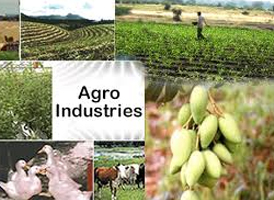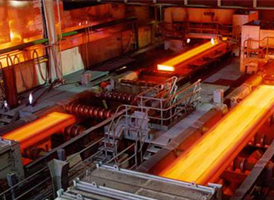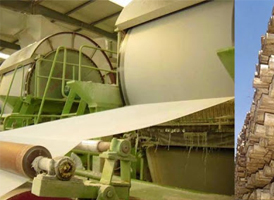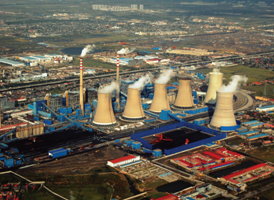Industries In India


Inside A Car
August 23, 2020

Famous Revolution
August 25, 2020An industry is a group of organizations involved in producing / manufacturing or handling the same type of product and service.
Industry refers to economic activities concerned with the production of goods, extraction of services and provision or services. Hence, we can say that Industries are concerned with:
- Production of good (steel energy)
- Extraction of minerals (coal mining)
- Provision for services (tourism)
- There are also Emerging Industries: ‘Sunrise Industries’.
Industrial Systems:
- Industrial systems are made up of input, processes, and output.
- The inputis the raw materials, labor, land, power, and other infrastructure.
- The process is the plan the manufacturer has of how to turn raw materials into finished products of value.
- And finally, the output is the end of the product from which the income earned it.


Classification of Industries:
Industries were classified according to raw material, size, and ownership, etc.
1. Raw material:
| Type | Description |
|---|---|
  |
1. These industries use plants and animal-based products as their raw materials. 2. Examples: food processing, vegetable oil, cotton textile, dairy products, and leather industries. |
  |
1. Mineral-based industries are based on mining and use ‘mineral ore’ as raw material. 2. They are used for heavy machinery and building materials. |
  |
1. Marine-based industries use raw materials from sea or ocean. 2. Examples: fish oil. |
  |
1. These industries use raw materials from the forest like wood. 2. The industries connected with forest are paper, pharmaceutical, and furniture. |
2. Size: Size of industries are measured by how much money is invested, employee count and goods produced.
| Type | Description |
|---|---|
  |
1. Small-scale industries have less capital and technology invested in them. There is often manual labor noticed here. 2. Example: Basket weaving, pottery, and handicrafts. |
  |
1. Largescale industries are the exact opposite of small-scale industries. 2. Here the capital invested is large and advanced technology is in use here. 3. Example: Automobiles and Heavy Machinery. |
3. Ownership:
- Private sector: Private industries are businesses that are owned and operated by an individual or group of individuals.
- Public sector: Public industries are owned and managed by the government. Example, Hindustan Aeronautics Limited (HAL)
- Joint sector industries: These industries are jointly operated by the state and individuals. Example, Maruti Udyog.
- Cooperative sector industries: Cooperative industries are operated by the suppliers, producers or workers of raw material. Example, Amul India.
Industrial Clusters:
Industrial clusters occur when many industries are located close to each other and share the benefits of their closeness.
Major industrial clusters in India are:
- Mumbai-Pune cluster
- Bangalore-Tamil Nadu region
- Hugli region
- Ahmedabad-Baroda region
- Chottanagpur industrial belt
- Vishakhapatnam-Guntur belt
- Gurgaon-Delhi-Meerut region
- Kollam-Thiruvananthapuram industrial cluster
The contribution of three sectors to the GDP of the Indian economy:
Indian economy has 3 broad sectors:
- Primary deals with agriculture and basic commodities
- Secondary constitutes of industries/processing
- Tertiary comprises of the services sector.


Interesting Facts:
- The travel and tourism industry contributed a total of $124.8 billion to GDP in India in 2015 — this accounted for approximately 6% of India’s total GDP.
- A 2014 study found that India was one of the fastest-growing tourism destinations worldwide.
- Tourism in India provides 40 million jobs. The sector is expected to grow at an annual average growth rate of 7.9% till 2023, making India the third fastest growing tourism destinations over the next decade.
- Indian textile Industry is valued at US$ 36 Billion with exports of US$ 17 Billion in 2005-2006.
- Indian Textile Industry is second largest industry in terms of providing vast employment opportunities and employs around 35 million people in country.
- The Indian Textile Industry plays vital role in economic development and contributes 14% to industrial production in the country.
- Industry contributes around 25% share in the world trade of cotton yarn.
- India is evolved as a major contributor in world’s cotton sector. Indian is the world’s third-largest producer of cotton and second-largest producer of cotton yarns and textiles.
- Manufacturing is more significant in India, relative to the size of the economy, than in the United Kingdom, France, US, etc.





